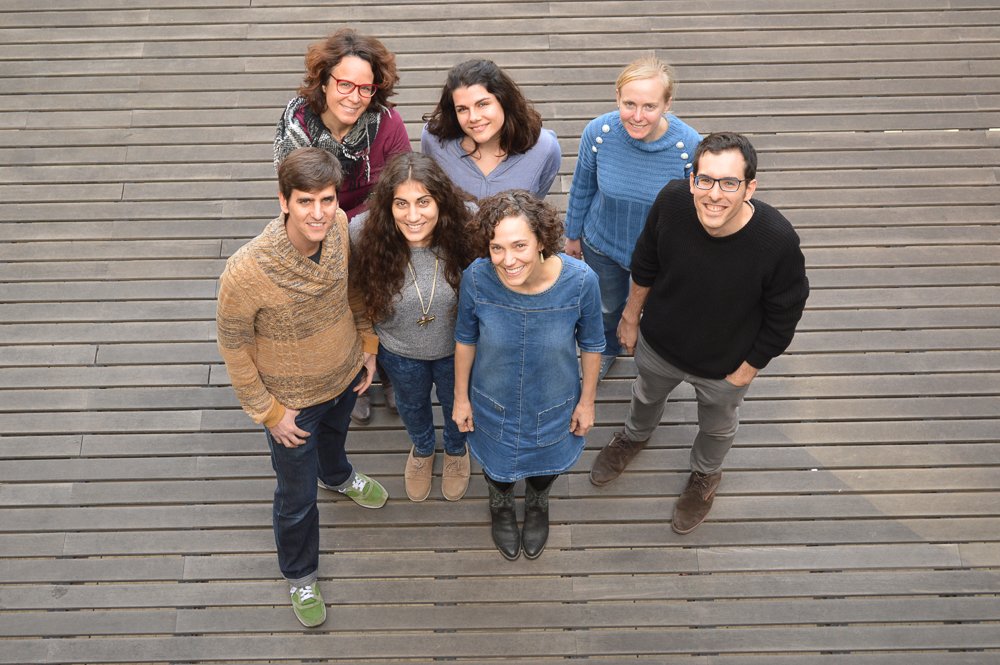I am a runner but also a Body Pump enthusiast. Body Pump is a group fitness class of the Les Mills company, in which you train different muscle groups using a weighted bar – whose total weight you modulate with plates in order to adapt it to your fitness level and to the muscle group. Like R, Body Pump was created in New Zealand, what a wonderful country! Every three months, a new class is released, with new songs and choreographies. What doesn’t change is the muscle group trained in each of the 10 songs of each class.
I’ve thought of analysing Body Pump data for a long time now but could never find what I was looking for, which was a dataset of number of “reps” by song, e.g. how many squats do you do in each squats song. Then I realized I could also play with other data, like a quite comprehensive list of songs used in releases. I decided to cross this information with information about style of the corresponding artist in Spotify. Here is what I came up with!
Emojis were again quite en vogue this week on Twitter with Romain François doing some awesome stuff for the emo package, in particular this teeny tiny animated clock. It reminded me of my own emoji animated clock that I had done a while ago for representing time-use data. Time for me to present its genesis!
Today I made a confession on Twitter: I told the world I had spent my whole career not naming chunks in RMarkdown documents. Even if I had said one should name them when teaching RMarkdown. But it was also a tweet for showing off since I was working on the first manuscript with named chunks and loving it. I got some interesting reactions to my tweet, including one that made me feel better about myself (sorry Thomas), and other ones that made me feel like phrasing why one should name RMarkdown chunks.
Hadley Wickham asked whether chunks were pets or livestock, as in his analogy for models. Livestock chunks are identified by numbers, not names, in the case of chunks defined by position. I now think we have good reason to consider them as pets and here’s why…
This week, a very promising new R blog was launched, namely the blog of Eric Persson a.k.a as expersso on Twitter. I had really been looking forward to this because expersso’s code screenshots have always been quite cool, so seeing his no longer being limited to them is awesome! His first articles series is about a game, you should really check it out. (PSA: if you post screenshots of R code on Twitter, have a look at Sean Kross’ codefinch package!).
Because I’m a nosy person I asked Eric whether he was Swedish, his last name being quite Swedish-looking in my opinion. He is, which made me wonder about Swedish blog topics and actually decided to use one Swedish topic I came up with, the summer guests of the Swedish radio P1! Every summer since 1959, P1 selects a bunch of famous or interesting people and have them record a bit more than one hour program where they’re free to discuss what they want (important events of their life for instance) and to choose the musical breaks (which you don’t get to listen entirely to in the online version because of copyright stuff). The program is then broadcasted in the summer, one guest a day from the end of June to the beginning of August. There’s even a winter version now but I’ll ignore it because it’s too hot here in Barcelona to even think about winter.
It’s a very cool radio program in my opinion. I discovered it at the end of my 5-month research stay in Gothenburg in 2010 and decided it’d be one way to keep my Swedish skills up to date (my other methods include listening to ABBA in Swedish and reading Camilla Läckberg’s novels). I haven’t listened to that many guests but I really enjoy it when I do, and I like how diverse the list of guests is. In this post, I’ll actually try to have a look at the occupations of the guests via Wikidata!
At my day job I’m a data manager and statistician for an epidemiology project called CHAI lead by Cathryn Tonne. CHAI means “Cardio-vascular health effects of air pollution in Telangana, India” and you can find more about it in our recently published protocol paper . At my institute you could also find the PASTA and TAPAS projects so apparently epidemiologists are good at naming things, or obsessed with food… But back to CHAI! This week Sean Lopp from RStudio wrote an interesting blog post about internal packages. I liked reading it and feeling good because we do have an internal R package for CHAI! In this blog post, I’ll explain what’s in there, in the hope of maybe providing inspiration for your own internal package!

As posted in this tweet, this pic represents the Barcelona contingent of CHAI, a really nice group to work with! We have other colleagues in India obviously, but also in the US.
